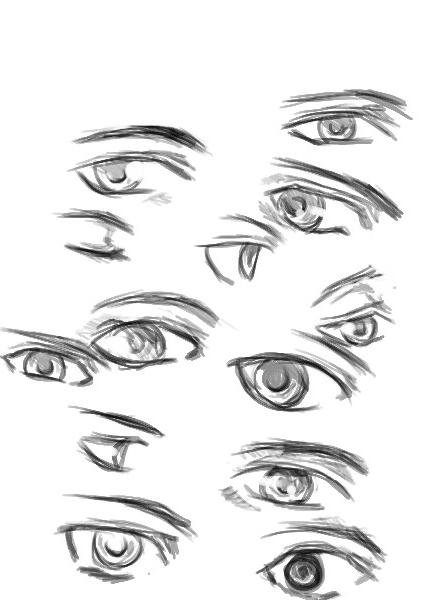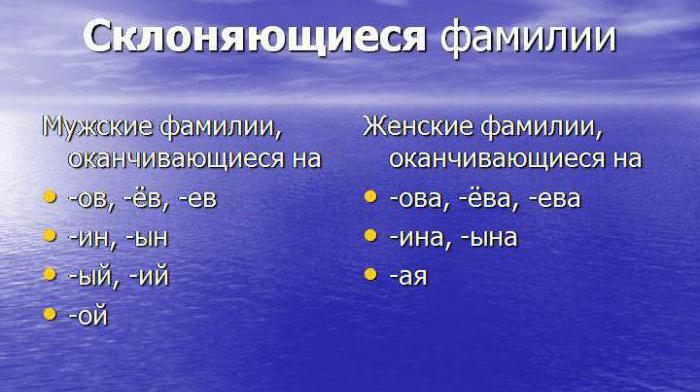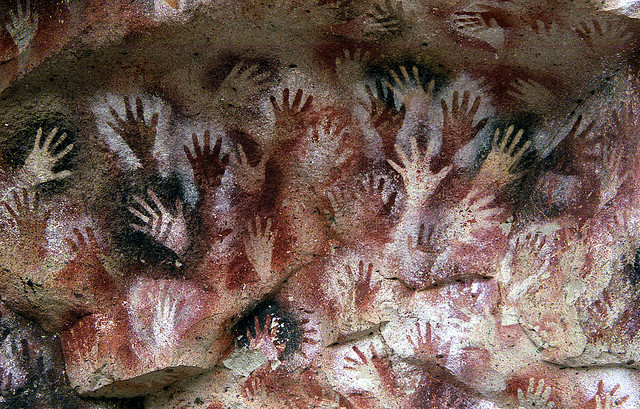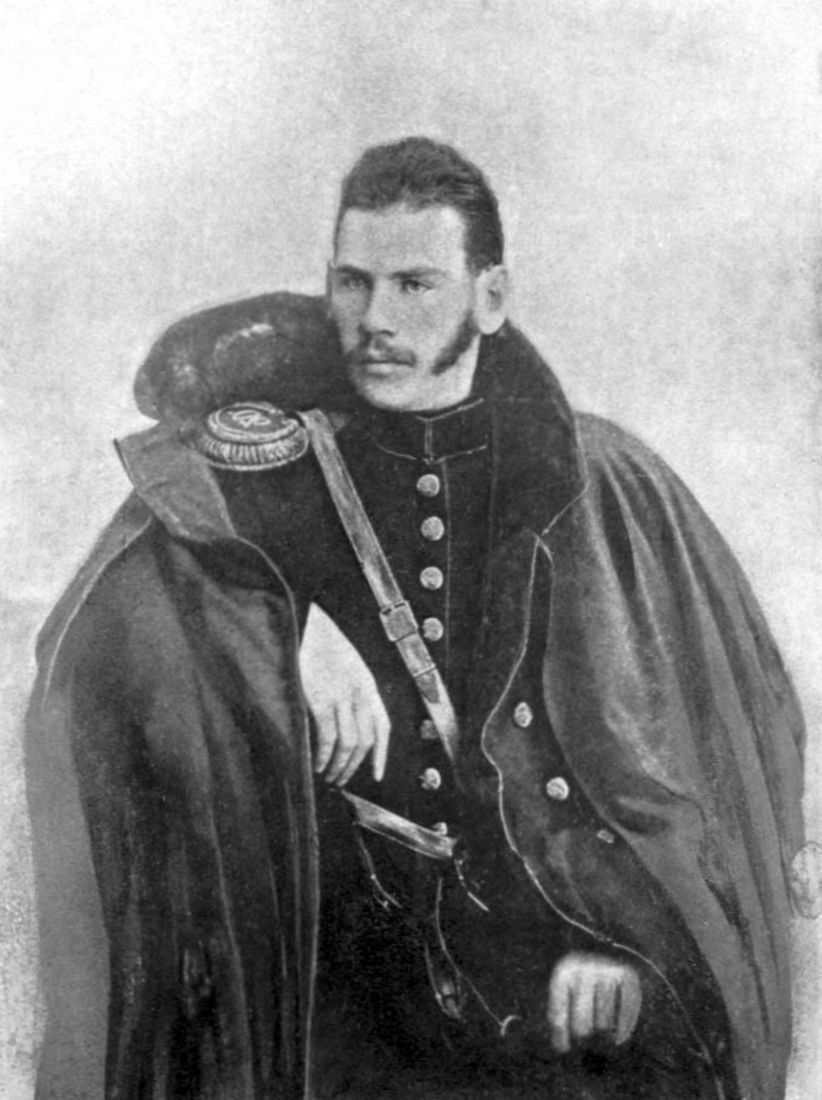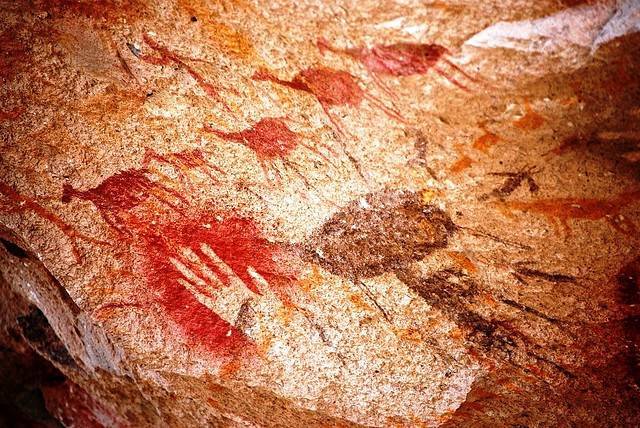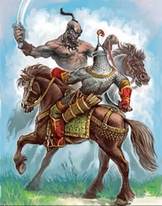The concept of atom molecule chemical element. Theme. Atoms, molecules, ions. Chemical elements, their names and symbols
The objectives of the lesson: to deepen students' knowledge of atoms and molecules as complex structural particles of a substance; give the concept of ions as charged particles; on the basis of the structure of the atom, give the concept of a chemical element as a certain type of atoms; familiarize students with the modern Ukrainian nomenclature; give an idea about the distribution of chemical elements in nature.
Type of lesson: combined.
Forms of work: heuristic conversation, story, work with the reference scheme.
Equipment: periodic system of chemical elements.
Ii. Homework check
1. Listen to the method of separation of the mixture: salt + alcohol + water + iron filings.
Decanting and filtering.
Distillation.
Evaporation and crystallization.
2. Several students to choose from offer their mix. We listen to the method of separation, discuss the proposed option.
Iii. Updating reference knowledge
Recall from the courses of natural history and physics the main stages in the development of the theory of the structure of the atom.
Heuristic conversation
1. The theory of atoms of Democritus.
2. The creation of the atomic-molecular teachings of M. V. Lomonosov and J. Dalton.
3. Nuclear model of the structure of the atom E. Rutherford:
Atoms consist of a positively charged nucleus and an electron shell.
The atomic nucleus charge and the total charge of all electrons is the same. The atom is electronically neutral.
The electrons move around the nucleus with different reserves of energy, at different distances from the nucleus and form energy levels.
Consider the scheme of the structure of the atom.
The nucleus consists of protons and neutrons.
The charge of the nucleus is equal to the ordinal number of the element in the periodic system (we fill the scheme).
So let's summarize.
An atom is the smallest electroneutral particle of a substance consisting of a positively charged nucleus and negatively charged electrons.
And what will happen if the number of protons and electrons in an atom is different?
He will enter charge, and if
np< ne - , то отрицательного;
np\u003e ne, then positive.
Charged particles are called ions. Positive ions are cations, and negative ions are anions.
For example: H + is a positive hydrogen ion (hydrogen cation);
F - is a negative fluorine ion (fluorine anion).
We draw a diagram of the structure of atoms and ions of hydrogen and fluorine.

Independently fill the empty seats:

Iv. Learning new material
The type of atoms with the same nuclear charge is called a chemical element.
Consider the periodic table of chemical elements. It uses chemical symbols to depict all chemical elements known to man.
Chemical symbols in this form were proposed by the Swedish chemist J. Y. Berzelius. They represent the first letter of the Latin name of chemical elements. If the names of several elements begin with the same letter, then another letter is added to the chemical symbol. These chemical designations are international and understood by chemists and other scientists around the world.
In addition to the chemical symbol elements have their own names. We will get acquainted with some of them in the modern Ukrainian nomenclature. (Behind a textbook or scheme we get acquainted with the names, chemical symbols of the elements and the pronunciation of the names of the 20 elements.)
In nature, chemical elements are unevenly distributed. Consider the diagram of their distribution in the universe.


V. Fastening a new material
1. We construct the scheme of the structure of the lithium atom using a periodic system.
The sequence number is 3, therefore, the charge of the nucleus is Li +3, the number of electrons is 3. The circuit can be represented as:
Self chart for Be.
Serial number - 4.
Kernel charge - +4.
The number of electrons - 4.
2. Find the following chemical elements in the periodic system:
Ferrum - Fe; Aurum - Au; Sulfur - S; Carbon - C.
3. Using the periodic system, fill in the missing cells in the table.
Chemical element symbol |
Chemical element name |
Serial number |
Core charge |
Number of electrons |
Vi. Lesson Summary
Today, we not only repeated information about the structure of the atom, but also learned a lot.
In particular:
A chemical element is a type of atoms with the same nuclear charge;
An ion is a charged particle;
Recognized the names of chemical elements;
Acquainted with the periodic system of chemical elements DI Mendeleev.
Creative task. Make a diagram of the structure of atoms B, C, Al.
Theme. Molecules and atoms. Relative atomic mass
The purpose of the lesson: the formation of the concept of a molecule, an atom, relative atomic mass.
Tasks of the lesson:
give the concept: molecule, atom, chemical element, relative atomic mass.
to acquaint students with the etymological beginnings of the names of chemical elements;
improve mental activity: the ability to analyze, draw conclusions, plan their activities;
Equipment:Poster 3 Series 2 The structure of the substance. Chemical bond
Type of lesson:combined.
Lesson structure:
Organizing time.
Actualization of knowledge: interdisciplinary communication (chemistry + environmental studies).
The study of new material.
Systems Anchorage.
During the classes
1. Organizational moment.
2. Actualization of students' knowledge.
In the 5th grade, you studied the concept of atom and molecule in the lessons of natural history. What it is? ( Students define what they remember from the lessons of natural history).
People have long guessed that the substances are composed of individual tiny particles. They are called atoms. In many cases, atoms do not exist alone, but are grouped together - molecules. Atoms and molecules are extremely small: in any tiny piece of matter that we are able to see (for example, in a speck of dust) there are more atoms than stars in all of our galaxy.
To realize the value of the number of the radius of the atomic nucleus is very difficult. For example, the radius of a carbon atom is 1.5–10 m. Take a pencil (graphite is carbon), draw a straight line 3 cm long ( Students hold the line).
What do you think, how many carbon atoms are in the line you’ve drawn?
Students give their answers.
The resulting line contains 100 ml of carbon atoms in length and about 1 ml in width.
Consider the sugar example: What are the properties of sugar? ( Students respond: water soluble, sweet, white). Imagine that sugar grains are molecules. We crush the molecules to atoms, (the teacher rubs the sugar in the mortar, the student helps him at will). And now we look, we have crushed our "molecules", the properties of sugar have changed? ( Students answer no).What conclusion can we draw? ( Students respond that chopping properties do not change).
What definition will you give the molecule and atom? From a chemical point of view.
Children give definitions, then write them in a notebook: a molecule is the smallest particle of a substance that determines its properties and is capable of independent existence; molecules are built of atoms; atom is the smallest indivisible particle of substance, which is the carrier of its properties.
3. Study the new topic.
In the plexus, we see that a water molecule consists of two kinds of atoms. These are atoms of hydrogen and oxygen.
Having considered the image of the water molecule model, what conclusion can we make?
Students respond that water consists of two hydrogen atoms and one oxygen atom.
At the end of the 17th century, English scientist Robert Boyle was the first to use in science the concept of a chemical element as an integral part of a substance. He considered a chemical element - a substance that can not be decomposed into more simple. More than 100 years later, another English scientist, John Dalton, linked the concept of a chemical element with the atomic hypothesis about the structure of a substance. The definition that gave Dalton, chemists use to this day.
A chemical element is a collection of atoms of a certain type. ( Children write definition).
In nature, found 89 different chemical elements. Achievements of nuclear physics allowed to obtain a number of elements by artificial means. Therefore, more than 110 chemical elements have been studied. Each chemical element has a symbol - a chemical sign or symbol, name. And now we will listen to homework.
Assignment: "Think up such designations for chemical elements so that they can be easily reproduced. What associations did you use?" When most students complete this task in a notebook, you should ask two or three students to write down the characters they invented on the board next to the alchemical ones. (Comparison of symbols written on the blackboard leads to the idea of unifying the ways of designation of chemical elements. This task was successfully solved by the Swedish naturalist Y. Berzelius).
Students ask questions.
In 1813, Berzelius proposed to use the letters of the Latin alphabet to refer to chemical elements. Berzelius system is very simple. The chemical element is designated by the first letter of the Latin name of the element. In some cases, a letter from the middle of the name is added to the first letter. We still use the signs that he designed. Signs of chemical elements are read according to certain rules. Some signs are read as letters of the Latin alphabet. Exception H, which is read as the letter Franz. the alphabet.
The proposal of Berzelius was accepted by all scholars, as such symbols turned out to be very convenient: they are easy to write in a notebook and print in a book, they are understandable to every educated person, no matter what language he speaks. The signs of the 10 elements read as the Latin name of these elements. The signs of the remaining elements are read as Russian names.
For the designation of chemical elements using the same signs in all countries of the world. Signs of chemical elements can be found in all the blitz of the periodic system of different countries.
Guys, please note: potassium and calcium, the name calcium has the letter “tse”, from which the writing of the sign begins, the name of potassium is absent. Magnesium and manganese. Sodium and nitrogen. (To pay attention to these signs, some students confuse them)
Question: Scientists of ancient times believed that both words consist of letters and substances consist of elements. Even the great French chemist Lavoisier accepted the terms element and simple substance as equivalent. Only Mendeleev began to distinguish these concepts. What is a chemical element and a simple substance? (a chemical element is a single atom or their combination. A simple substance is a form of existence of a specific chemical element. (Carbon is an element, coal, diamond are simple bodies).
Relative atomic mass
History reference:The English scientist John Dalton (1766–1844) in his lectures showed students carved atomic models of the tree, showing how they can combine to form various substances. When one of the students was asked what atoms are, he replied: "Atoms are wooden cubes painted in different colors that Mr. Dalton invented."
Of course, Dalton became famous not for his “cubes” and not even for becoming a school teacher at the age of twelve. The name of Dalton is connected with the emergence of modern atomistic theory. For the first time in the history of science, he thought about the possibility of measuring the masses of atoms and suggested specific methods for this. It is clear that it is impossible to weigh the atoms directly. Dalton talked only about the "ratio of the weights of the smallest particles of gaseous and other bodies," that is, their relative masses. Even today, although the mass of any atom is exactly known, it is never expressed in grams, since it is extremely inconvenient. For example, the mass of an atom of uranium - the heaviest element existing on Earth - is only 3.952 · 10–22 g. Therefore, the mass of atoms is expressed in relative units, showing how many times the mass of atoms of a given element is greater than the mass of atoms of another element, taken as the standard . In fact, this is the “ratio of weights” according to Dalton, i.e. relative atomic mass.
· The masses of atoms are very small.
Absolute masses of some atoms:
m (C) = 1.99268 ∙ 10 -23 g
m (H) = 1.67375 ∙ 10 -24 g
m (O) = 2.656812 ∙ 10 -23 g
· Currently, a unified measurement system has been adopted in physics and chemistry.
Is entered atomic mass unit (amu)
m (amu) = 1/12 m ( 12 C ) = 1,66057 ∙ 10 -24 year
· A r (H) = m (atom) / m (amu) =
1.67375 ∙ 10 -24 g / 1.66057 ∙ 10 -24 g = 1.0079 amu
· A r - shows how many times a given atom is heavier than 1/12 of an atom 12 C, it is a dimensionless quantity.
The relative atomic mass is 1/12 of the mass of a carbon atom, the mass of which is equal to 12 amu.
Relative atomic mass is a dimensionless quantity
For example, the relative atomic mass of an oxygen atom is 15.994 (use the value from periodic table of elements DI Mendeleev).
This should be written down in such a way that Ar (O) = 16. Always use a rounded value, except for the relative atomic mass of the chlorine atom:
A r (Cl) = 35.5.
· The relationship between absolute and relative masses of an atom is represented by the formula:
| m (atom) = A r ∙ 1,66 ∙ 10 -27 kg |
Let's summarize the lesson, what new things did you learn today in the lesson?
Students respond.
4. Systems. Fixing.
Work with the textbook, questions and tasks after §
5. The result.
Results of the lesson: grading.
6. Homework.
§2 h.5,6 p.11
View presentation content
"On the seashore breaking the waves"


- Is that a substance? Give examples of physical bodies and substances.
- Physical properties of matter
- Chemistry tasks
- What is studying chemistry? Chemistry Definition

- The ancient Greek philosopher Democritus 2500 years ago suggested that all bodies consist of the smallest, invisible, ever-moving particles of atoms.
- The theory of molecules and atoms was basically developed in the middle XVIII at. Russian scientist M.V. Lomonosov. He argued that bodies in nature consist of corpuscles (molecules), which include elements (atoms)


Molecules - it is the smallest particles of many substances, the composition and properties of which are the same as that of the substance

Atoms - these are the smallest chemically indivisible particles of matter

Laboratory experience:
The ability of metals to displace other metals from salt solutions

- Nanometer (nm) - one billionth of a meter
- Absolute atomic mass expressed in g or kg.
- Relative atomic mass shows how many times the mass of a given atom is greater than the mass taken as the standard

- Atomic mass unit - this is 1/12 part of the mass of carbon atom
- Absolute mass of the atom equal to the relative atomic mass multiplied by 1 amu

- Certain, very small sizes, of the order of fractions of a nanometer;
- A certain, negligible mass

Run
Exercise 4, 6, 7, p. 14

Homework
Bondarenko Victoria Vladimirovna
chemistry and Computer Science teacher
Fursova Elena Valentinovna
teacher of Russian language
Municipal public educational institution
“Ertilskaya secondary school №1”
city Ertil Voronezh region, Russia.
Integrated lesson "In the world of molecules and atoms."
Integrated chemistry lesson - Russian language.
Chemistry | Russian language | |
| Theme | Atomic structure | |
| Type of | integrated |
|
| View | Combined, with elements of heuristic conversation. | Repeatedly - generalized |
| Lesson objectives | Using the knowledge of students about the structure of matter, approach the consideration of the atom as a complex particle; consider the structure of the atom; introduce new concepts: electron, proton, neutron, atomic number; get acquainted with the theory of Rutherford; to raise cognitive interest to the subject; develop logical thinking, the ability to analyze. | 1. Repeat and summarize information about the structure of a simple sentence; 2. form the skills of self-analysis of simple sentences, the ability to clearly distinguish between the main and secondary members of the proposal; 3. develop students' oral and written language, interest in the subject, logical thinking; 4. to educate the love of the Russian language. |
| Equipment | Atomic structure; Table with particle characteristics. | Plates with words to remember |
| Used Books | textbook chemistry class 8 Chemical encyclopedia A book for reading in chemistry | Textbook Russian language grade 8 Etymological dictionary of the Russian language Single-root dictionary |
During the classes.
Opening speech.
a) Russian language teacher:
Today we have an unusual lesson. He will be led immediately by two teachers. We with Victoria Vladimirovna tried in one lesson to combine two completely different subjects: chemistry and Russian. Today we must repeat all the material studied on the topic “Structure of a simple sentence”.
b) chemistry teacher:
Yes, our lesson is unusual in its structure, it is an integrated lesson.
Despite this, the objectives of the lesson are very important. Today we have to get acquainted with a more complex structure of matter than we considered before. We will talk about the smallest particle of matter - the atom.
Actualization of knowledge.
a) Russian language teacher:
To get you to the study of new material, let's recall the chemical terms that you already know. Now they are interested in us from the point of view of their spelling and the part of speech that they are.
(Pupils call terms in terms of a chain, write them in a notebook, explain their spelling, indicate a part of speech.)
b) chemistry teacher:
So, let's talk about the substance.
What is a substance?
What are the substances in composition?
What substance is called simple?
What substance is called complex?
Give examples of simple and complex substances.
What is a chemical element?
What can you learn about a chemical element using a periodic system?
What do substances usually consist of?
What is a molecule?
What is an atom?
c) Russian language teacher:
You repeated the chemical concepts. Let's try to analyze your answers in terms of their speech design, composition and spelling.
What sentences did you use? Are they the same in composition?
List the members of the proposal that you know.
Give the definition of each member of the sentence.
In your answers which predicates prevailed?
Write an example from your answers to make sure that it contains:
Option 1: definition;
Option 2: circumstance;
3 option: addition.
Execute the graphic symbols.
Perform parsing, explain the spelling:
A molecule is the smallest particle of a substance that preserves its properties 4.
Molecule - 4 syllables, 8 letters, 8 sounds, o - (a).
Explanation of a new material in chemistry.
Remember who first introduced the concept of atom. How to translate the word ATOM from Greek? Can an atom be called indivisible?
For many centuries, the atom was considered an indivisible elementary particle, the limit of the divisibility of matter.
However, the development of science has changed the concept of the atom.An atom is a complex particle. It can be “disassembled” into its component parts:
ATOM = KERNEL + ELECTRONS
| CORE | Protons | ||
| NEUTRONS | |||
| ELECTRON | 0 | ||
How are these particles located in an atom? This was explained in his theory by the English scientist Ernest Rutherford.
An atom consists of a nucleus and electrons
The nucleus is located in the center of the atom and contains protons and neutrons.
Electrons are located near the nucleus.
Nuclear forces act in the nucleus between the particles.
Electrostatic forces of attraction exist between the nucleus and the electrons.
An atom has no charge, since the number of protons and electrons is always the same.
And how do you know the number of electrons in an atom and the charge of the nucleus? A PERIODIC SYSTEM will answer this question.
The atomic number of an element indicates the nuclear charge of the atom and the number of electrons in the atom.
What is the charge of a potassium nucleus? Magnesium? Oxygen? What does this mean?
How many electrons are in iron atoms? Hydrogen? Sulfur? How to find out?
Anchorage.
a) Russian language teacher:
In today's lesson, you are introduced to new concepts: nucleus, proton, neutron, electron.
What are the parts of speech?
Identify their morphological features.
What are these words like?
Pick and write single words to the wordneutron (neutralization, neutrality, neutron, neutral, etc.)
How are these words formed?
b) chemistry teacher:
To consolidate and verify the degree of assimilation of the material will perform a mini-test.
Complete the sentences, insert the words underline as members of the sentence.
1 option:
A. Atom is a particle of matter.
B. Atom is ............
B. Electrons are located ... ... ... ... ....
D. Protons and neutrons are ..............
D. Electrons have a charge.
Option 2:
A. Molecule is a particle of matter.
B. The core consists of ... ... ... ... ... ... .
B. Near the nucleus are located ............................
D. The protons have a charge.
D. Atoms enter ......................
Check the test.
Conclusion
a) chemistry teacher:
Thank you for your good answers. Our lesson has come to an end. I hope you understand today that knowledge of the Russian language is necessary when studying any subject.
b) Russian language teacher:
Our unusual lesson ends. Today we repeated the structure of a simple sentence. Everything worked well. Now, I think you understand perfectly well how important it is to know Russian and skillfully use it. Thanks to the expressiveness of the Russian language, the study of any subject becomes a fascinating activity.
Summarizing.
Homework.






